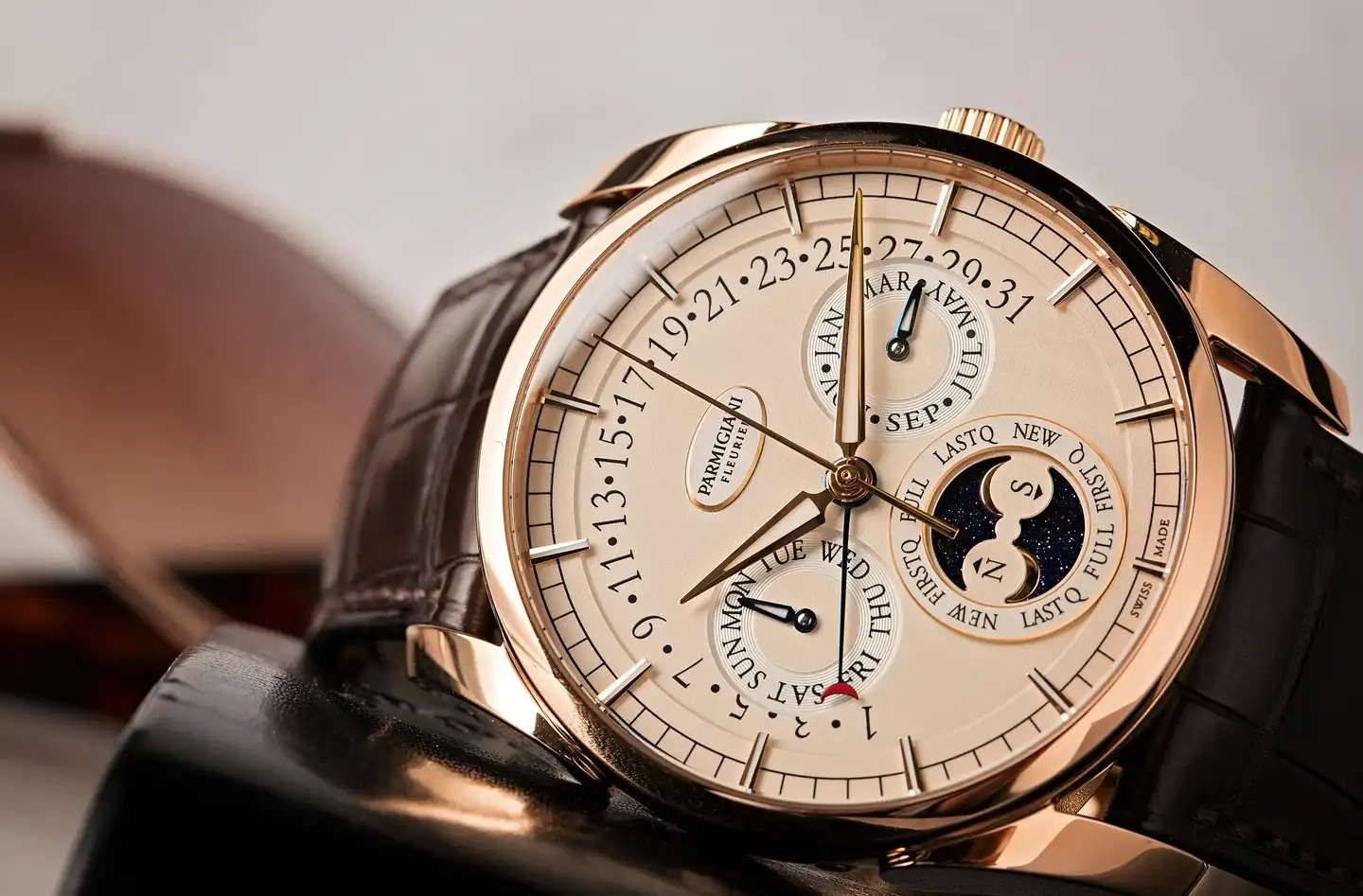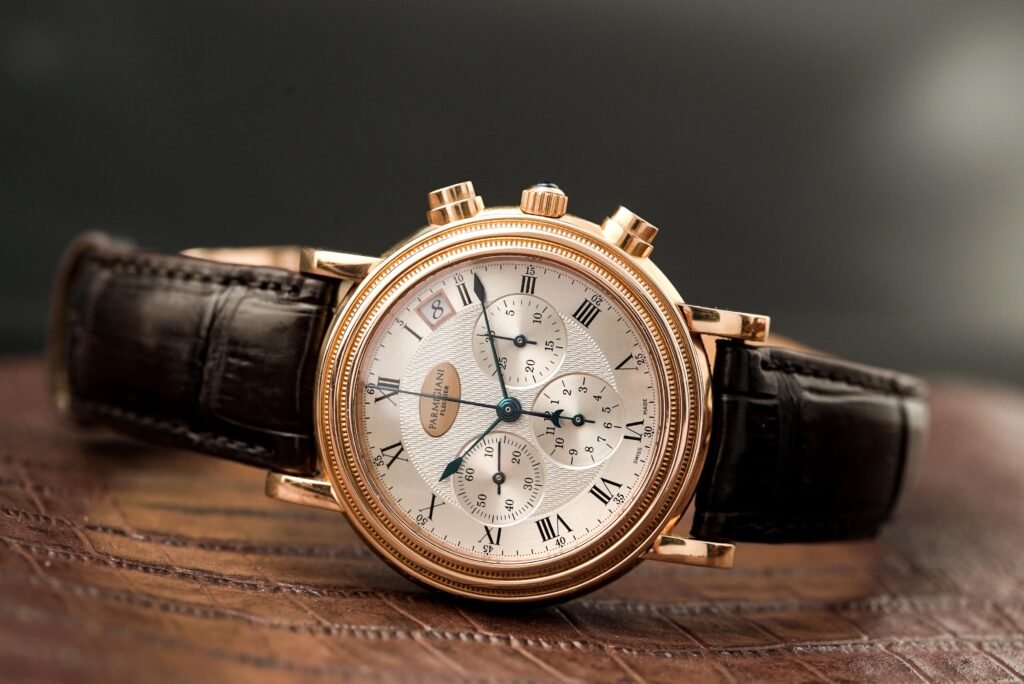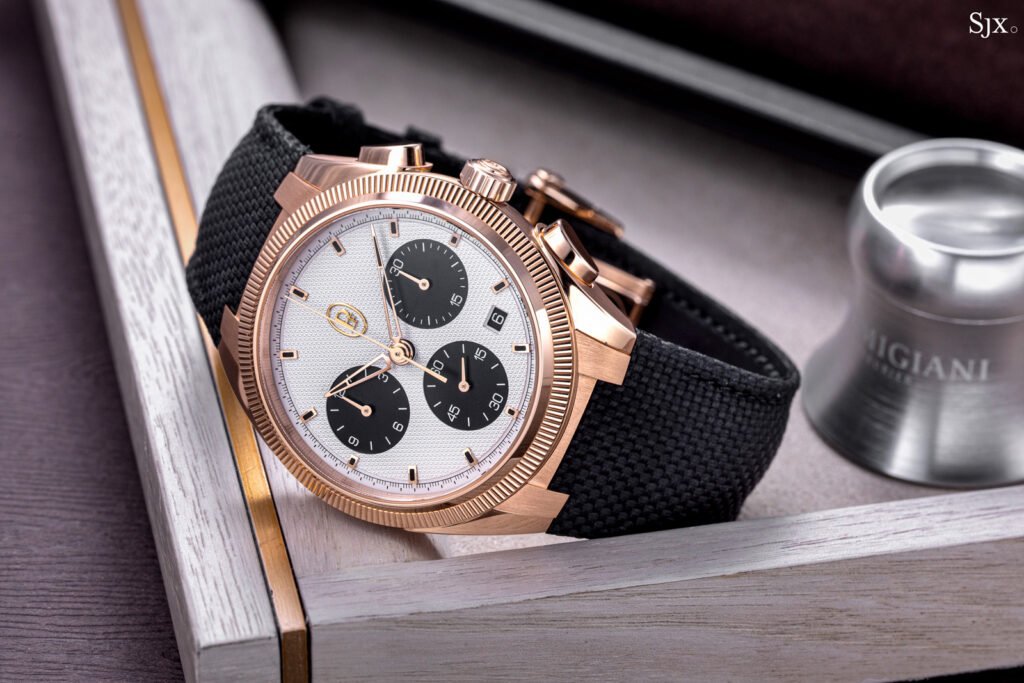
Parmigiani Fleurier vs Rolex: Niche artistry or timeless dominance
The first time you see a Parmigiani Fleurier in the wild, it almost feels like spotting an endangered bird.
Subtle, quiet, meticulously finished, and often on the wrist of someone who doesn’t need to tell you who they are.
Compare that to Rolex, the brand so ubiquitous that even non-collectors can spot a Submariner from across the room.
One whispers.
The other speaks in capital letters.
And yet both occupy vital, but vastly different, terrain in the watch world. If you want to understand what it means to be a true collector, it’s worth standing between them, letting their energies collide, and asking yourself which story resonates more with your wrist. Let Lugano Watches Dubai guide you through the subtleties.

Parmigiani Fleurier: the connoisseur’s code
Parmigiani Fleurier is not about mass recognition.
It is about precision, discretion, and, in a way, rebellion against the mainstream.
Michel Parmigiani founded the brand in the 1990s after years of restoring rare historical timepieces. That experience of working with irreplaceable watches from Breguet and Vacheron gave him a deep respect for detail and proportion.
So when he began designing his own pieces, he refused to compromise on movement finishing, on symmetry, on subtle innovation that only reveals itself under close inspection.
Take the Tonda PF collection.
At first glance, it is a minimalist sports-luxe watch, but spend a few moments with it and you start to notice the guilloché grain d’orge pattern, the slim integrated bracelet with brushed and polished facets, and the way the movement architecture is laid out with absolute coherence. Parmigiani builds watches for those who notice, not for those who want to be noticed.
That is why when you spot a PF on someone’s wrist, you know instantly they are part of the inner circle.
Collectors love Parmigiani Fleurier not because it shouts pedigree but because it carries layers of hidden craft. The brand even owns its own movement manufacturer, Vaucher, which quietly supplies calibers to some of the most respected names in the business. It is like having a friend who ghosts every party but secretly wrote the playlist everyone is dancing to.
Owning a Parmigiani Fleurier is, therefore, both a flex and a nod to independence.
It tells the world you know your horology history and you are not bound by crowd validation.

Rolex: the crown and its permanence
If Parmigiani Fleurier speaks to the few, Rolex speaks to the many.
But that is not to dismiss it… on the contrary, its very dominance is a triumph of engineering, marketing, and cultural placement.
Rolex has built an empire not just on watches, but on myth.
From Hillary and Tenzing scaling Everest with an Oyster Perpetual to James Bond flashing a Submariner on screen, Rolex has perfected the art of embedding itself in collective imagination.
And what about the watches themselves?
They are built like tanks, designed to outlive the owner, and engineered for precision without fuss. The Submariner, Datejust, Daytona, and GMT-Master II are not just watches, they are archetypes. Entire categories of competitors exist because Rolex set the template decades ago.
Unlike Parmigiani Fleurier, which thrives on subtle exclusivity, Rolex thrives on universal appeal.
Its movements are COSC-certified, but more importantly, they are reliable enough to be serviced anywhere in the world.
Try that with a micro-rotor Parmigiani Fleurier.
Rolex is the wrist language of pilots, divers, CEOs, and students buying their first serious piece.
It is as democratic as haute horology gets, and that is precisely its strength.
Some critics argue that Rolex has become too predictable.
But predictability is also a form of permanence. When you strap on a Datejust, you are not just wearing a watch. You are stepping into a story that stretches across decades, a continuum of achievement, aspiration, and global recognition. That is why Rolex prices remain so stable, and why the waitlists are long. They may be “mainstream,” but mainstream here means immortal.

Final thoughts
So where does that leave us in the Parmigiani Fleurier vs Rolex debate?
At its core, this is not really a clash of equals but a dialogue between philosophies. Parmigiani Fleurier is the hushed, artisanal recital in a candlelit room, where every note matters and only the initiated are present. Rolex is the stadium concert where the whole world sings along, knowing every lyric by heart. One appeals to the inner circle of connoisseurs who want to signal discernment. The other appeals to the collective dream of reliability, legacy, and achievement.
Which one is right for you depends less on what you value in a watch and more on how you want your watch to reflect you.
Do you want to be the quiet force whose taste is understood by only a few, or the timeless figure who carries the crown of universal recognition?
The truth is, the greatest collections have both.
Because mastery in watches is not about choosing one lane.
It is about knowing the landscape so well that you can switch from niche artistry to timeless dominance without missing a beat. And that is the moment you stop being just a collector and become a curator of identity.
That is the difference.
That is the game.
And that, dear reader, is how you flex like a boss in the watch world.
